Home>Maintenance & Safety>Child & Elderly Safety at Home>How To Build A Wooden High Chair
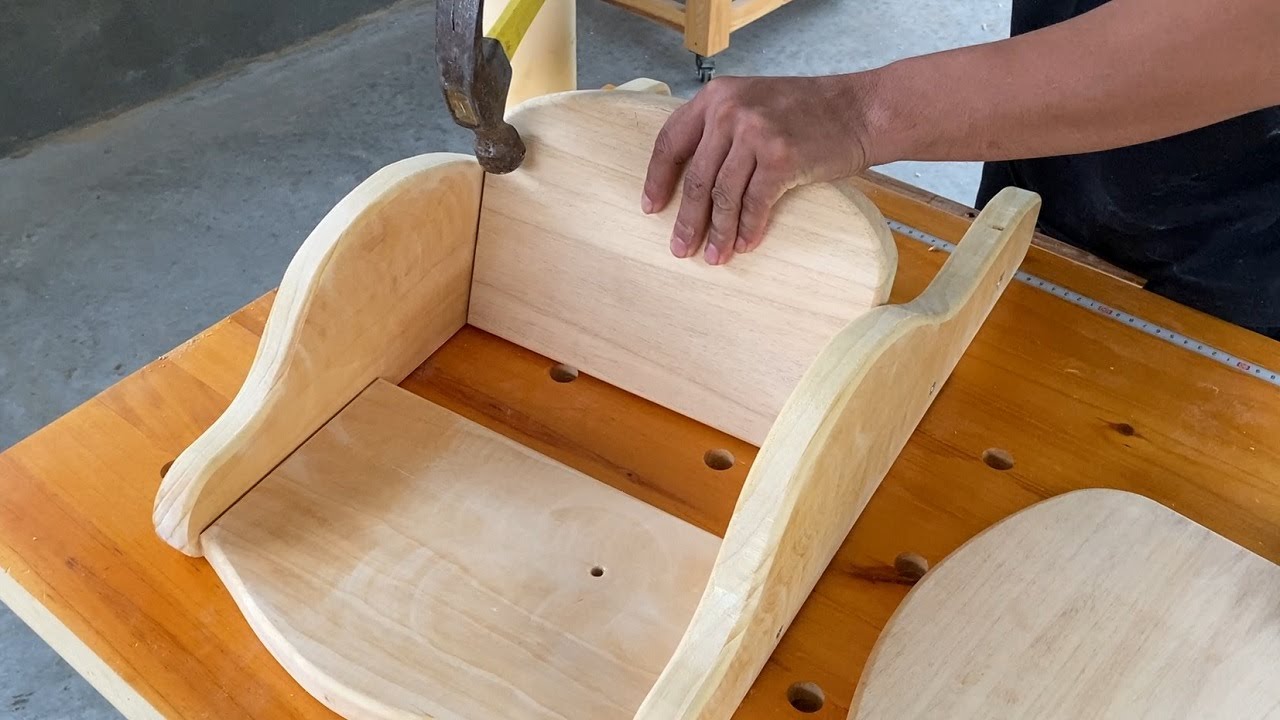

Child & Elderly Safety at Home
How To Build A Wooden High Chair
Published: February 16, 2024
Learn how to build a safe and sturdy wooden high chair for your child or elderly loved one at home. Ensure child and elderly safety with this DIY project.
(Many of the links in this article redirect to a specific reviewed product. Your purchase of these products through affiliate links helps to generate commission for Storables.com, at no extra cost. Learn more)
Introduction
Creating a safe and comfortable environment for children is a top priority for parents and caregivers. When it comes to mealtime, a high chair is an essential piece of furniture that provides a secure and elevated seating option for infants and toddlers. While there are numerous high chairs available for purchase, building a wooden high chair can be a rewarding and cost-effective alternative. By crafting a high chair from scratch, you have the opportunity to customize the design, ensure the use of sturdy and sustainable materials, and imbue the final product with a personal touch.
In this comprehensive guide, we will walk you through the step-by-step process of constructing a wooden high chair. From selecting the right type of wood to assembling the chair and implementing safety measures, each stage of the construction will be thoroughly explained. Whether you are a seasoned woodworker or a novice DIY enthusiast, this guide is designed to provide you with the knowledge and confidence to embark on this fulfilling project.
As you embark on this woodworking journey, keep in mind that safety is paramount. Throughout the construction process, we will emphasize the importance of using child-friendly materials and incorporating safety features to ensure that the high chair is not only aesthetically pleasing but also secure for its young occupant. With careful attention to detail and a commitment to craftsmanship, you can create a high chair that not only serves its practical function but also becomes a cherished heirloom that can be passed down through generations.
So, roll up your sleeves, gather your tools, and let's dive into the rewarding endeavor of building a wooden high chair that will not only provide a safe and comfortable seating option for little ones but also serve as a testament to your woodworking skills and dedication to child safety.
Key Takeaways:
- Building a wooden high chair involves choosing durable, child-safe wood, gathering essential tools and materials, and meticulously cutting, shaping, and assembling the chair to ensure safety and functionality for young children.
- The final stages of sanding, finishing, and implementing safety measures are crucial for creating a polished, secure, and visually appealing wooden high chair that prioritizes the well-being of its young occupant.
Read more: How To Build Wooden Ladder
Choosing the Right Wood
Selecting the appropriate type of wood is a crucial first step in building a wooden high chair. The chosen wood should possess specific characteristics that make it suitable for crafting furniture, especially one intended for the safety and comfort of a child. When it comes to high chairs, hardwoods are generally preferred due to their durability, strength, and resistance to wear and tear. Some popular hardwood options for constructing high chairs include oak, maple, cherry, and walnut. These woods are known for their sturdiness and ability to withstand the rigors of everyday use, making them ideal choices for a long-lasting high chair.
In addition to durability, it's essential to consider the aesthetic appeal of the wood. High chairs often become a focal point in kitchens and dining areas, so the chosen wood should possess natural beauty and the potential for a smooth, polished finish. This not only enhances the visual appeal of the high chair but also makes it easier to clean and maintain.
Furthermore, safety is a paramount consideration when selecting wood for a high chair. It's crucial to choose wood that is free from toxic chemicals and finishes, as these can pose health risks to young children. Opting for sustainably sourced and non-toxic wood ensures that the high chair is safe for its intended use and aligns with child safety standards.
Moreover, the wood should be free from any defects such as knots, cracks, or warping, as these can compromise the structural integrity of the high chair. By carefully inspecting the wood for any imperfections, you can ensure that the final product is not only visually appealing but also robust and secure.
In summary, when choosing the right wood for a high chair, prioritize durability, aesthetic appeal, safety, and structural integrity. By selecting a high-quality hardwood that meets these criteria, you can lay a solid foundation for crafting a wooden high chair that is not only functional and safe but also a beautiful addition to any home.
Gathering the Necessary Tools and Materials
Before embarking on the construction of a wooden high chair, it is essential to gather all the necessary tools and materials. Having the right equipment at hand ensures a smooth and efficient building process, allowing you to focus on precision and craftsmanship. Here's a comprehensive list of the tools and materials required for this woodworking project:
Tools:
-
Measuring Tape and Square: Accurate measurements are crucial in ensuring the structural integrity and safety of the high chair. A measuring tape and square will aid in precise cuts and assembly.
-
Circular Saw or Table Saw: A reliable saw is essential for cutting the wood to the required dimensions. Whether using a circular saw for portability or a table saw for stability, a quality cutting tool is indispensable.
-
Drill and Bits: A power drill equipped with drill bits is necessary for creating holes for screws and assembling the high chair components securely.
-
Screwdriver Set: A set of screwdrivers, including both flathead and Phillips head varieties, will be used for fastening screws during assembly.
-
Wood Clamps: Clamps are essential for holding wood pieces together during gluing and assembly, ensuring a tight and secure fit.
-
Wood Router: A router is useful for creating smooth edges and decorative details, enhancing the overall aesthetic appeal of the high chair.
-
Sandpaper and Sanding Block: Smooth sandpaper of varying grits and a sanding block are essential for refining the wood surfaces, ensuring a splinter-free and polished finish.
-
Wood Glue: High-quality wood glue is necessary for bonding the wooden components securely, adding strength and stability to the high chair.
Materials:
-
High-Quality Hardwood: Select the chosen hardwood for the high chair, ensuring it meets the criteria of durability, safety, and aesthetic appeal.
-
Screws and Fasteners: Choose appropriate screws and fasteners designed for woodworking projects, ensuring they are of the correct size and strength for the high chair construction.
-
Wood Finish or Sealant: Opt for a non-toxic and child-safe wood finish or sealant to protect the wood and enhance its natural beauty while ensuring it is safe for use around children.
-
Safety Straps (Optional): If desired, safety straps can be included as an additional safety feature for securing the child in the high chair.
By gathering these essential tools and materials, you are well-equipped to commence the construction of a wooden high chair. With careful attention to detail and the right resources at your disposal, you can embark on this woodworking endeavor with confidence, knowing that you have everything needed to create a safe, durable, and visually appealing high chair for the little ones in your life.
Read more: How To Clean A High Chair
Cutting and Shaping the Wood
The process of cutting and shaping the wood is a pivotal phase in the construction of a wooden high chair. Precision and attention to detail are paramount during this stage, as the accurate dimensions and smooth contours of the wood components are essential for the structural integrity and visual appeal of the final product.
Cutting the Wood
Using the measurements and design specifications, carefully mark the selected hardwood for the high chair's various components. A reliable circular saw or table saw is indispensable for making precise cuts, ensuring that each piece is tailored to fit seamlessly with the others. Whether it's the seat, backrest, legs, or armrests, accurate cutting is fundamental to achieving a well-crafted and sturdy high chair.
Shaping and Smoothing
Once the wood components are cut to size, the shaping and smoothing process begins. A wood router is a valuable tool for creating smooth edges and decorative details, adding a touch of elegance to the high chair's design. Additionally, using sandpaper of varying grits and a sanding block, meticulously refine the surfaces of the wood, ensuring that they are free from rough edges and imperfections. This meticulous sanding process not only enhances the tactile comfort of the high chair but also contributes to its overall polished appearance.
Attention to Detail
During the cutting and shaping process, it's crucial to pay close attention to the finer details of the wood components. Smooth, rounded edges not only contribute to the aesthetic appeal of the high chair but also play a significant role in ensuring the safety of its young occupant. By meticulously shaping and smoothing the wood, the risk of splinters or sharp edges is minimized, creating a child-friendly and secure seating option.
By meticulously cutting and shaping the wood with precision and care, you are laying the foundation for a well-crafted and safe wooden high chair. This phase of the construction process sets the stage for the subsequent assembly and finishing stages, ensuring that the high chair not only meets functional requirements but also exudes craftsmanship and attention to detail.
Read more: How To Build A Wooden Fence
Assembling the High Chair
With the wood components meticulously cut, shaped, and smoothed, the assembly phase marks the pivotal stage in bringing the wooden high chair to life. This process requires precision, patience, and attention to detail to ensure that each element fits together seamlessly, resulting in a structurally sound and visually appealing final product.
The assembly begins by carefully laying out the various wood components in accordance with the design specifications. Starting with the base of the high chair, the legs are positioned and secured, ensuring that they are aligned and level. Using a power drill and appropriate screws, the legs are firmly attached to the seat, creating a stable foundation for the high chair.
Subsequently, the backrest and armrests are meticulously positioned and affixed to the seat and legs, forming the distinctive silhouette of the high chair. Each joint and connection point is scrutinized to guarantee a snug and secure fit, essential for the chair's stability and longevity.
Throughout the assembly process, wood glue is applied to reinforce the connections, adding an extra layer of strength and durability to the high chair. Wood clamps are strategically utilized to hold the components in place during the gluing and fastening process, ensuring that the chair's structure is solid and resilient.
As the high chair takes shape, the attention to detail extends to the alignment of the components, the flushness of the joints, and the overall symmetry of the design. These meticulous considerations not only contribute to the high chair's visual appeal but also play a crucial role in ensuring its safety and functionality.
Once the primary components are securely assembled, the high chair undergoes a thorough inspection to verify the integrity of the connections and the overall stability of the structure. Any necessary adjustments are made to guarantee that the high chair meets the highest standards of craftsmanship and safety.
By the completion of the assembly phase, the wooden high chair emerges as a testament to precision woodworking and a dedication to creating a safe and reliable seating option for young children. The successful assembly sets the stage for the subsequent stages of sanding, finishing, and implementing safety measures, bringing the high chair one step closer to its final form.
Sanding and Finishing
Sanding and finishing are pivotal stages in the construction of a wooden high chair, where meticulous attention to detail and a commitment to achieving a smooth, polished surface are paramount. This phase not only enhances the visual appeal of the high chair but also contributes to its safety and comfort, ensuring that the wood surfaces are free from rough edges and imperfections.
The sanding process commences with the use of sandpaper of varying grits, allowing for the gradual refinement of the wood surfaces. Coarse-grit sandpaper is initially employed to address any rough spots, uneven edges, or imperfections, gradually smoothing the wood and preparing it for the subsequent stages. As the sanding progresses, finer-grit sandpaper is utilized to achieve a velvety-smooth texture, ensuring that the wood is free from any potential splinters or rough patches that could compromise the high chair's safety.
In addition to the surfaces, special attention is given to the edges and corners of the high chair components, ensuring that they are rounded and smooth to the touch. This meticulous approach not only enhances the tactile comfort of the high chair but also minimizes the risk of accidental scrapes or injuries, aligning with the paramount importance of child safety.
Following the thorough sanding process, the high chair is ready for the finishing stage, where the natural beauty of the wood is accentuated, and its longevity is preserved. A non-toxic and child-safe wood finish or sealant is carefully applied to the wood surfaces, providing protection against moisture, spills, and everyday wear and tear. This finishing touch not only enhances the wood's natural grain and color but also facilitates easy cleaning and maintenance, ensuring that the high chair remains a timeless and cherished piece of furniture.
The combination of meticulous sanding and a high-quality finish culminates in a wooden high chair that not only exudes craftsmanship and attention to detail but also prioritizes the safety and comfort of its young occupant. The smooth, polished surfaces and the protective finish serve as a testament to the dedication to creating a high chair that not only meets functional requirements but also stands as a symbol of enduring quality and care.
When building a wooden high chair, make sure to use sturdy and durable wood, such as oak or maple, to ensure the chair is safe and long-lasting for your child.
Final Touches and Safety Measures
With the wooden high chair taking shape, the final touches and safety measures play a pivotal role in ensuring that the end product not only meets aesthetic standards but also prioritizes the safety and well-being of the child who will occupy it. This phase encompasses a series of critical considerations and enhancements that elevate the high chair from a functional piece of furniture to a secure and reliable seating option for young children.
One of the essential final touches is the installation of safety straps, if not already integrated into the design. Safety straps provide an additional layer of security, ensuring that the child is safely and comfortably restrained while seated in the high chair. By incorporating adjustable and child-friendly safety straps, the high chair becomes a secure environment for mealtime and other activities, offering peace of mind to parents and caregivers.
Furthermore, the inspection of the high chair for any potential hazards or sharp edges is paramount. Any protruding or rough areas are meticulously addressed, ensuring that the high chair is free from potential sources of injury. This meticulous examination aligns with the commitment to creating a child-friendly and safe seating option, where every detail is scrutinized to guarantee the well-being of its young occupant.
In addition to safety features, the aesthetic details of the high chair are refined during this phase. Any remaining imperfections are meticulously addressed, ensuring that the wood surfaces are smooth, polished, and visually appealing. The final touches may include the addition of decorative elements or personalized details, further enhancing the high chair's charm and individuality.
Moreover, a final inspection of the high chair's structural integrity is conducted, verifying that all connections are secure, and the overall stability of the chair meets the highest standards. This comprehensive assessment ensures that the high chair is not only visually appealing but also robust and dependable, capable of withstanding the demands of daily use.
By meticulously attending to the final touches and safety measures, the wooden high chair evolves into a symbol of craftsmanship, care, and dedication to child safety. The integration of safety features, the refinement of aesthetic details, and the thorough inspection culminate in a high chair that not only serves its practical function but also embodies the values of quality, security, and enduring craftsmanship.
Frequently Asked Questions about How To Build A Wooden High Chair
Was this page helpful?
At Storables.com, we guarantee accurate and reliable information. Our content, validated by Expert Board Contributors, is crafted following stringent Editorial Policies. We're committed to providing you with well-researched, expert-backed insights for all your informational needs.
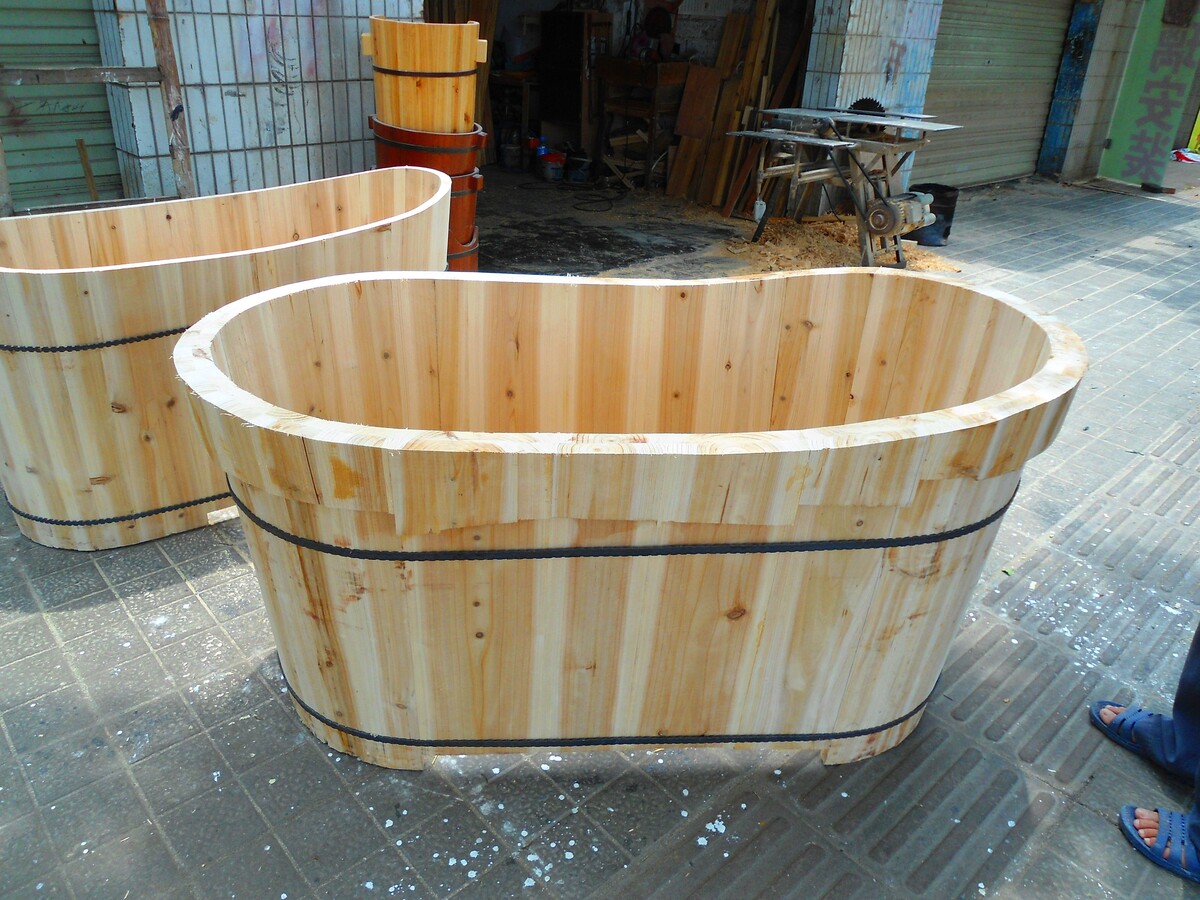


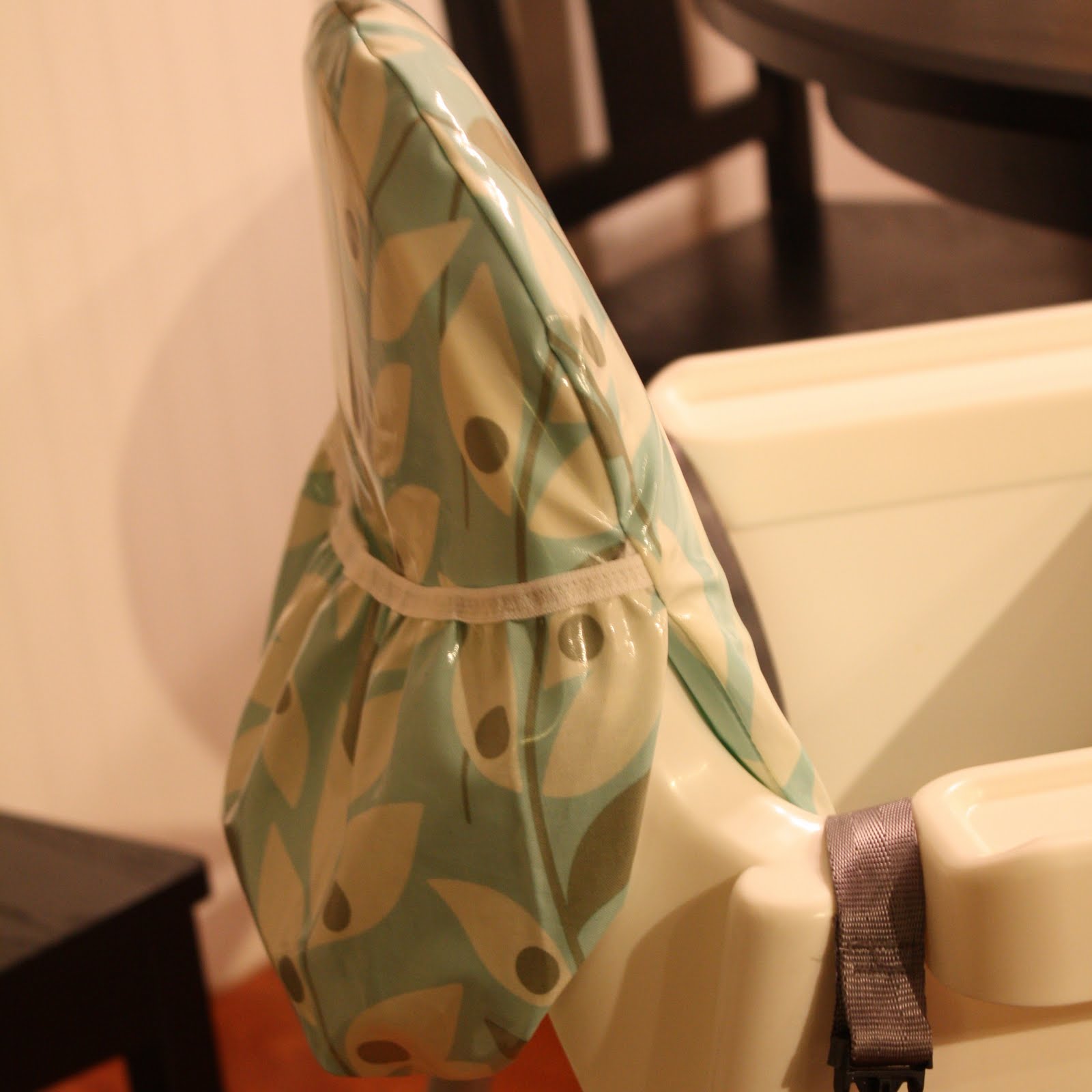

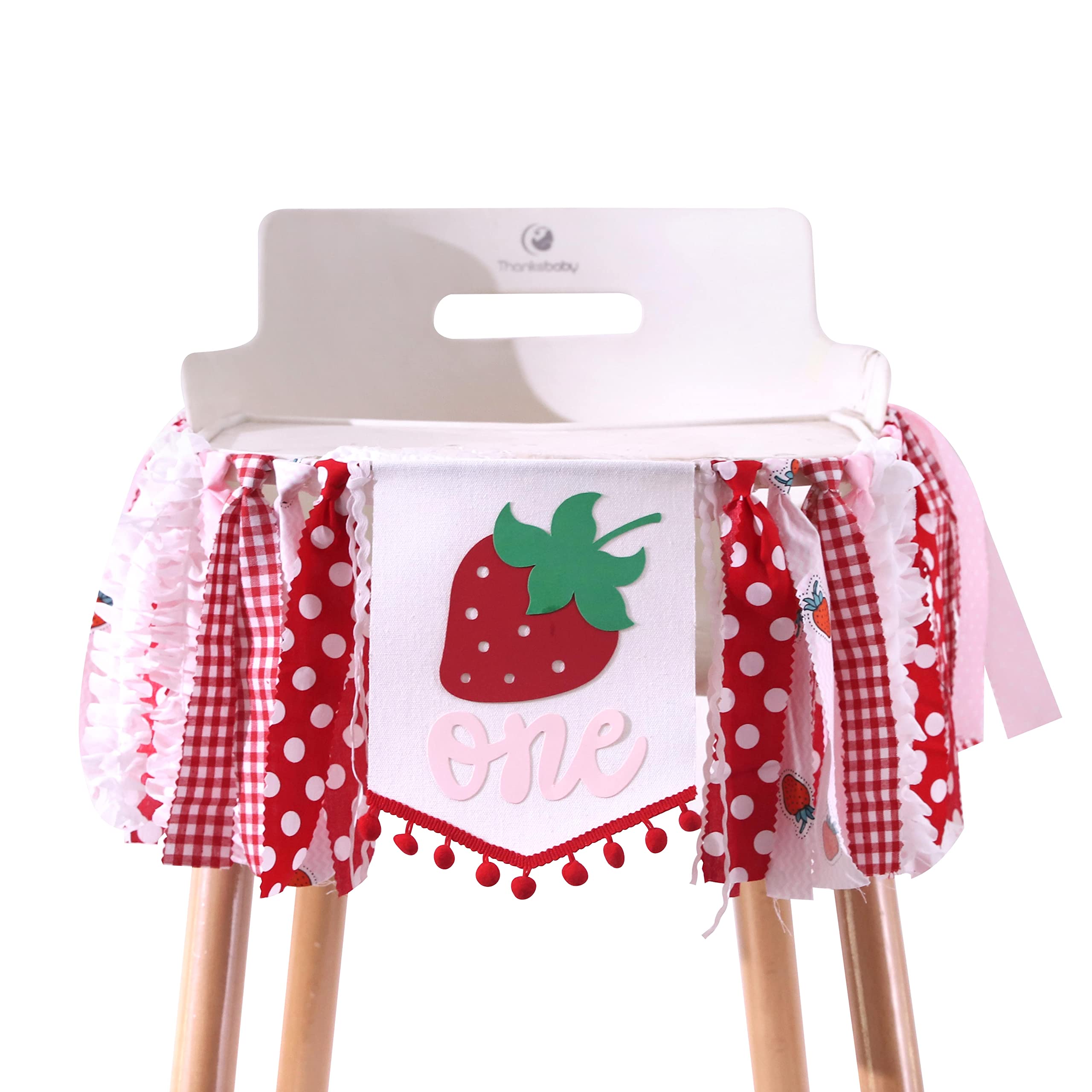


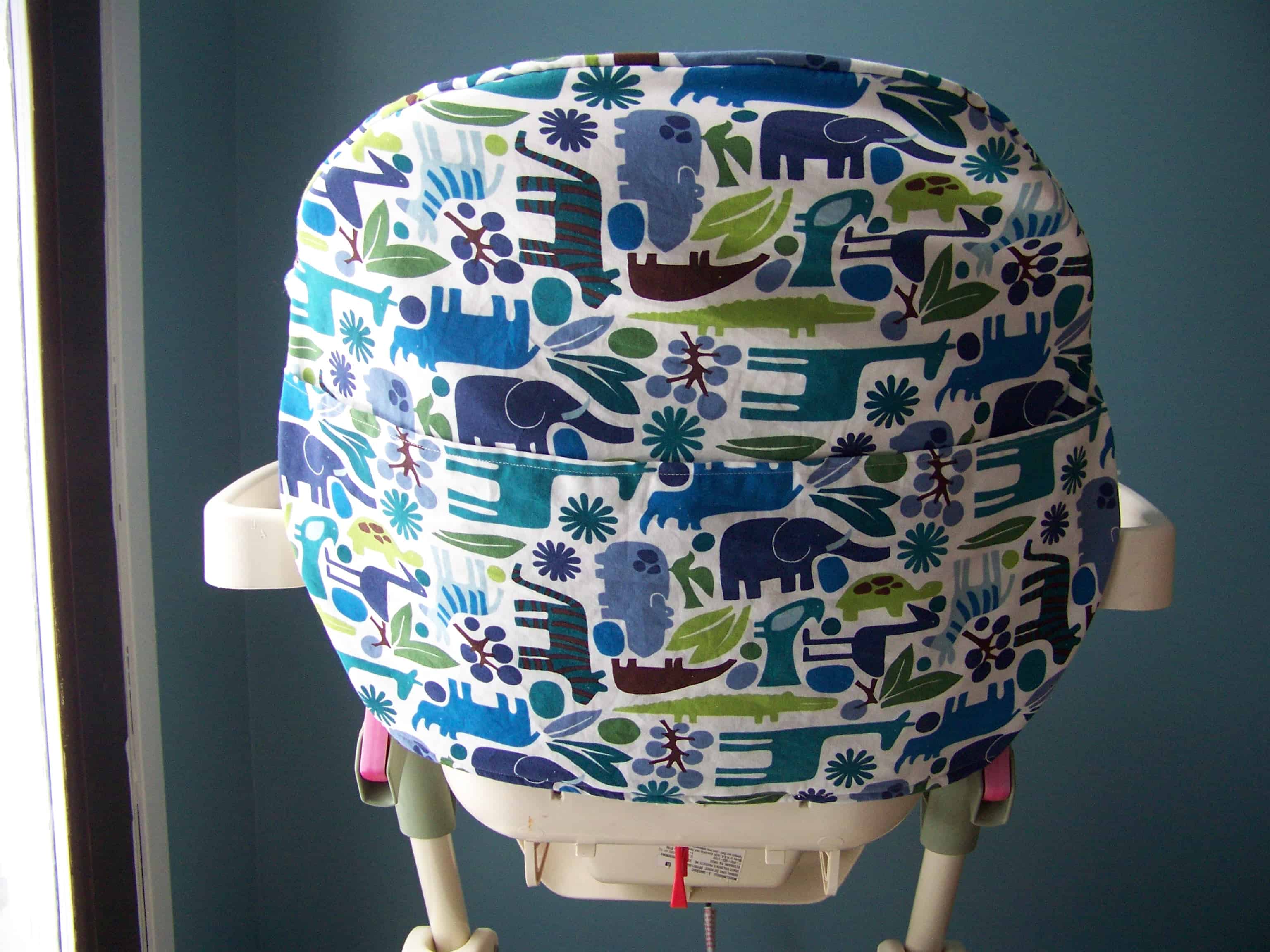

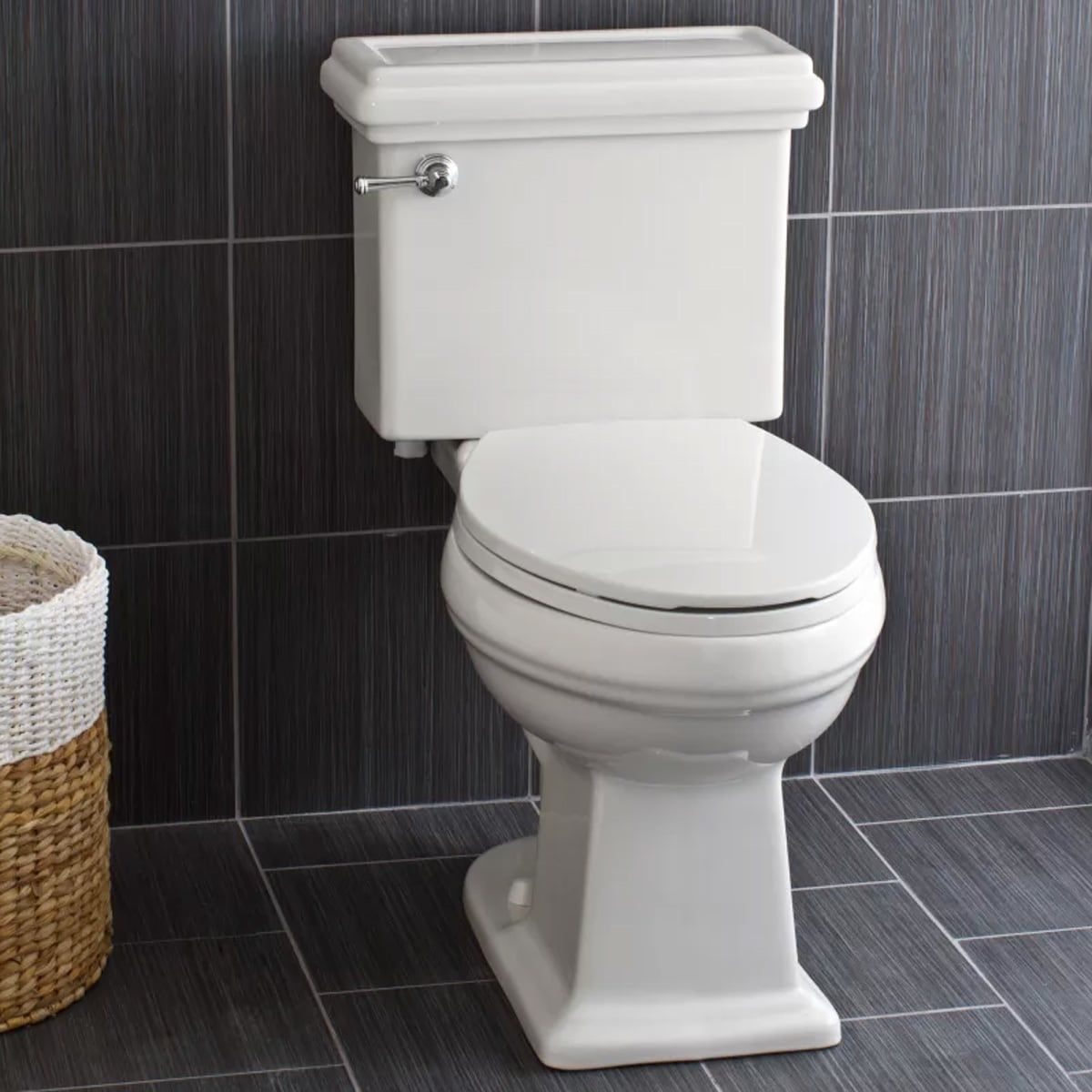

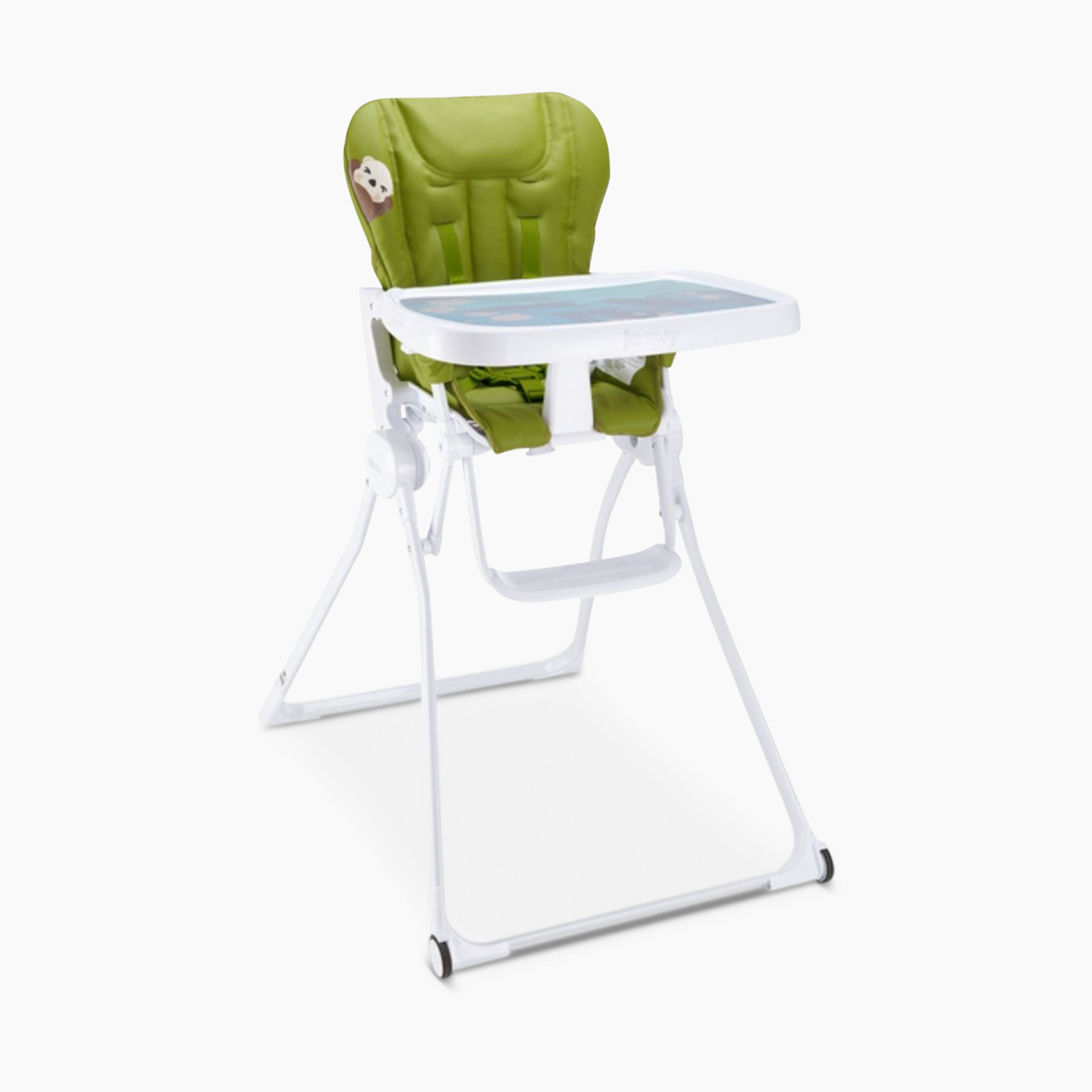

0 thoughts on “How To Build A Wooden High Chair”